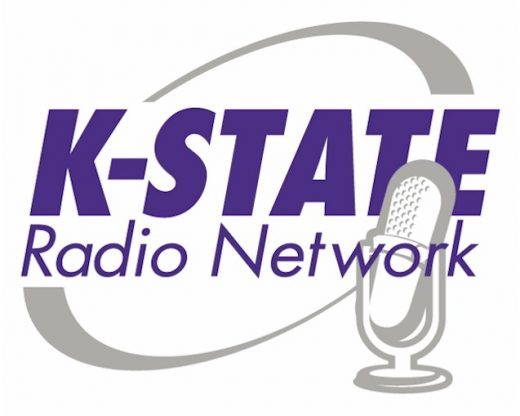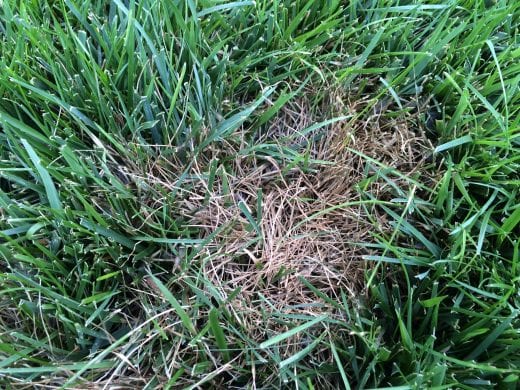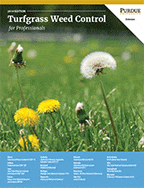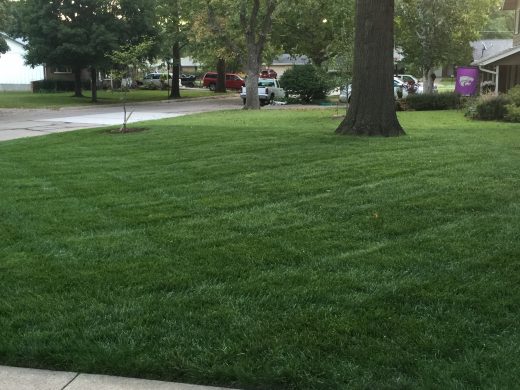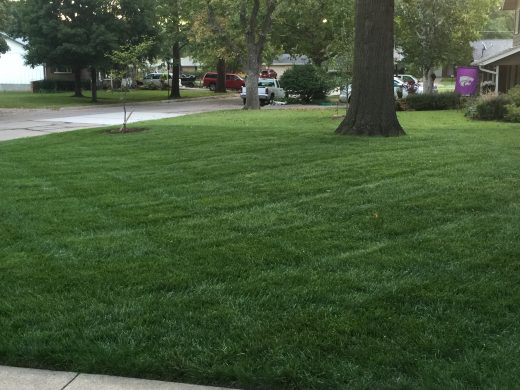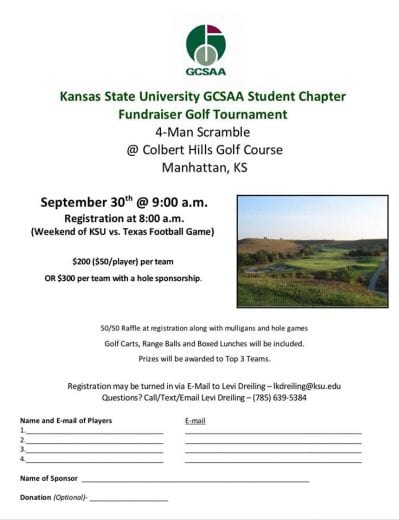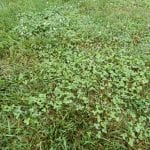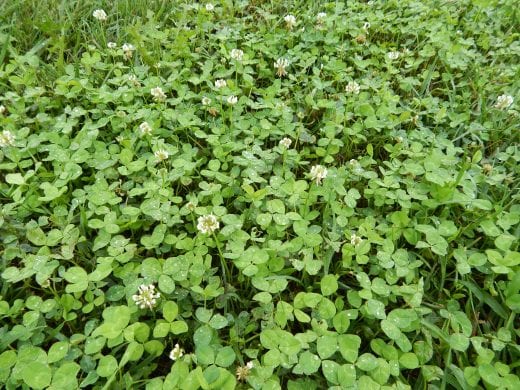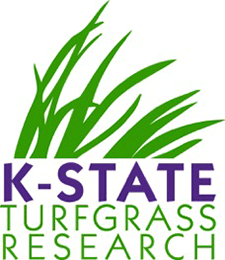(By Jared Hoyle, KSU Turfgrass Research and Extension)
HOME LAWN WINTERKILL– It was a fairly harsh winter in this region. And that has homeowners wondering if their lawn grasses were adversely affected by the extended cold and wet conditions. K-State turfgrass specialist Jared Hoyle says while the likelihood of outright turfgrass winterkill is relatively low, some limited damage may have occurred.
Click the link below for K-State Research and Extension Agriculture Today Radio Program “Plantorama” hosted by Eric Atkinson.
Check out the KSRE bookstore more more information on all things turf! – https://www.bookstore.ksre.ksu.edu/Category.aspx?id=528&catId=545
Always remember to READ THE LABEL for the correct rate, turfgrass tolerance, and specific instructions before application!!!
***Mention of trade names or commercial products in this article is solely for identification purposes and does not imply recommendation or endorsement, nor is criticism implied of similar products not mentioned by Kansas State University.***
Don’t forget to follow me on twitter @KSUTurf.
Also, visit our facebook page www.facebook.com/KSUTurf
